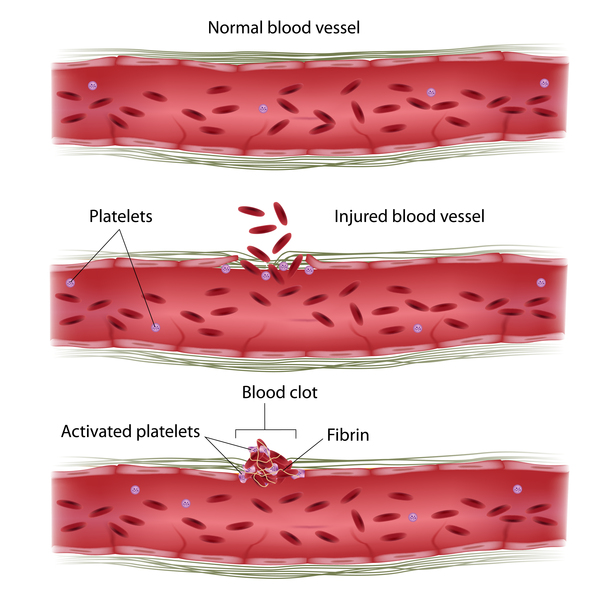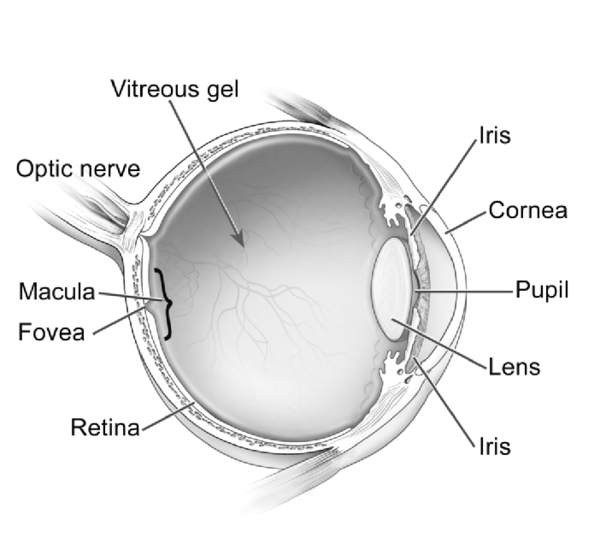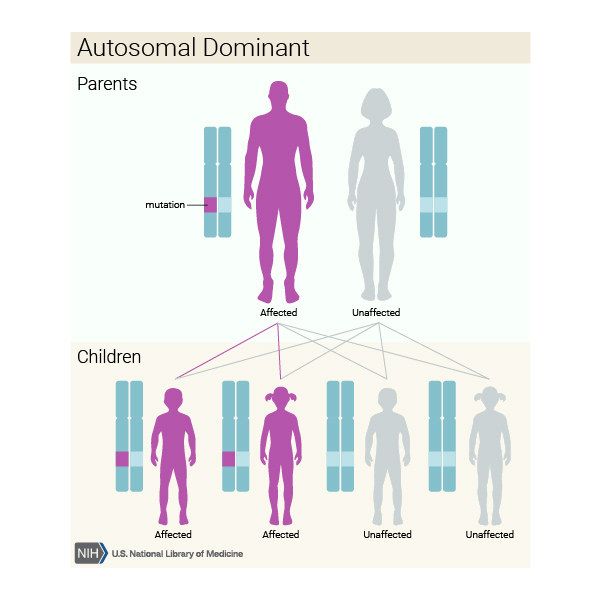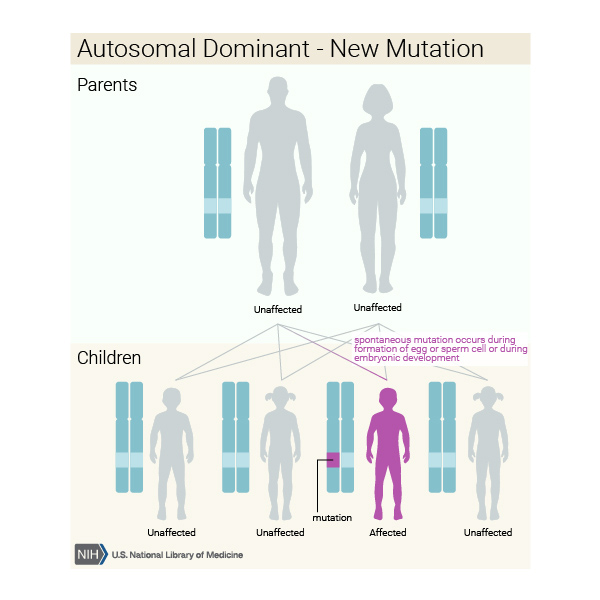Frequency
Stormorken syndrome is a rare disorder. Approximately a dozen cases have been reported in the medical literature.
Causes
Stormorken syndrome is caused by a mutation in the STIM1 gene. The protein produced from this gene is involved in controlling the entry of positively charged calcium atoms (calcium ions) into cells. The STIM1 protein recognizes when calcium ion levels are low and stimulates the flow of ions into the cell through special channels in the cell membrane called calcium-release activated calcium (CRAC) channels. The flow of calcium ions through CRAC channels triggers signaling within cells that helps control gene activity, cell growth and division, and immune function.
The STIM1 gene mutation involved in Stormorken syndrome leads to production of a STIM1 protein that is constantly turned on (constitutively active), which means it continually stimulates calcium ion entry through CRAC channels regardless of ion levels. Researchers suggest that the abnormal ion flow in platelets causes them to break down earlier than usual, leading to thrombocytopenia and bleeding problems in people with Stormorken syndrome. It is unknown how constitutively active STIM1 leads to the other features of the disorder.
Inheritance
This condition is inherited in an autosomal dominant pattern, which means one copy of the altered gene in each cell is sufficient to cause the disorder. In some cases, an affected person inherits the mutation from one affected parent. Other cases result from new mutations in the gene and occur in people with no history of the disorder in their family.
Other Names for This Condition
- Stormorken-Sjaastad-Langslet syndrome
- Thrombocytopathy, asplenia, and miosis
Additional Information & Resources
Genetic Testing Information
Genetic and Rare Diseases Information Center
Patient Support and Advocacy Resources
Catalog of Genes and Diseases from OMIM
Scientific Articles on PubMed
References
- Kilch T, Alansary D, Peglow M, Dorr K, Rychkov G, Rieger H, Peinelt C, Niemeyer BA. Mutations of the Ca2+-sensing stromal interaction molecule STIM1 regulate Ca2+ influx by altered oligomerization of STIM1 and by destabilization of the Ca2+ channel Orai1. J Biol Chem. 2013 Jan 18;288(3):1653-64. doi: 10.1074/jbc.M112.417246. Epub 2012 Dec 4. Citation on PubMed or Free article on PubMed Central
- Misceo D, Holmgren A, Louch WE, Holme PA, Mizobuchi M, Morales RJ, De Paula AM, Stray-Pedersen A, Lyle R, Dalhus B, Christensen G, Stormorken H, Tjonnfjord GE, Frengen E. A dominant STIM1 mutation causes Stormorken syndrome. Hum Mutat. 2014 May;35(5):556-64. doi: 10.1002/humu.22544. Epub 2014 Apr 9. Citation on PubMed
- Morin G, Bruechle NO, Singh AR, Knopp C, Jedraszak G, Elbracht M, Bremond-Gignac D, Hartmann K, Sevestre H, Deutz P, Herent D, Nurnberg P, Romeo B, Konrad K, Mathieu-Dramard M, Oldenburg J, Bourges-Petit E, Shen Y, Zerres K, Ouadid-Ahidouch H, Rochette J. Gain-of-Function Mutation in STIM1 (P.R304W) Is Associated with Stormorken Syndrome. Hum Mutat. 2014 Oct;35(10):1221-32. doi: 10.1002/humu.22621. Citation on PubMed
- Nesin V, Wiley G, Kousi M, Ong EC, Lehmann T, Nicholl DJ, Suri M, Shahrizaila N, Katsanis N, Gaffney PM, Wierenga KJ, Tsiokas L. Activating mutations in STIM1 and ORAI1 cause overlapping syndromes of tubular myopathy and congenital miosis. Proc Natl Acad Sci U S A. 2014 Mar 18;111(11):4197-202. doi: 10.1073/pnas.1312520111. Epub 2014 Mar 3. Citation on PubMed or Free article on PubMed Central
- Parekh AB. Local Ca2+ influx through CRAC channels activates temporally and spatially distinct cellular responses. Acta Physiol (Oxf). 2009 Jan;195(1):29-35. doi: 10.1111/j.1748-1716.2008.01919.x. Epub 2008 Oct 28. Citation on PubMed
- Stormorken H, Sjaastad O, Langslet A, Sulg I, Egge K, Diderichsen J. A new syndrome: thrombocytopathia, muscle fatigue, asplenia, miosis, migraine, dyslexia and ichthyosis. Clin Genet. 1985 Nov;28(5):367-74. doi: 10.1111/j.1399-0004.1985.tb02209.x. Citation on PubMed
- Zhou Y, Meraner P, Kwon HT, Machnes D, Oh-hora M, Zimmer J, Huang Y, Stura A, Rao A, Hogan PG. STIM1 gates the store-operated calcium channel ORAI1 in vitro. Nat Struct Mol Biol. 2010 Jan;17(1):112-6. doi: 10.1038/nsmb.1724. Epub 2009 Dec 27. Citation on PubMed or Free article on PubMed Central
The information on this site should not be used as a substitute for professional medical care or advice. Contact a health care provider if you have questions about your health.











